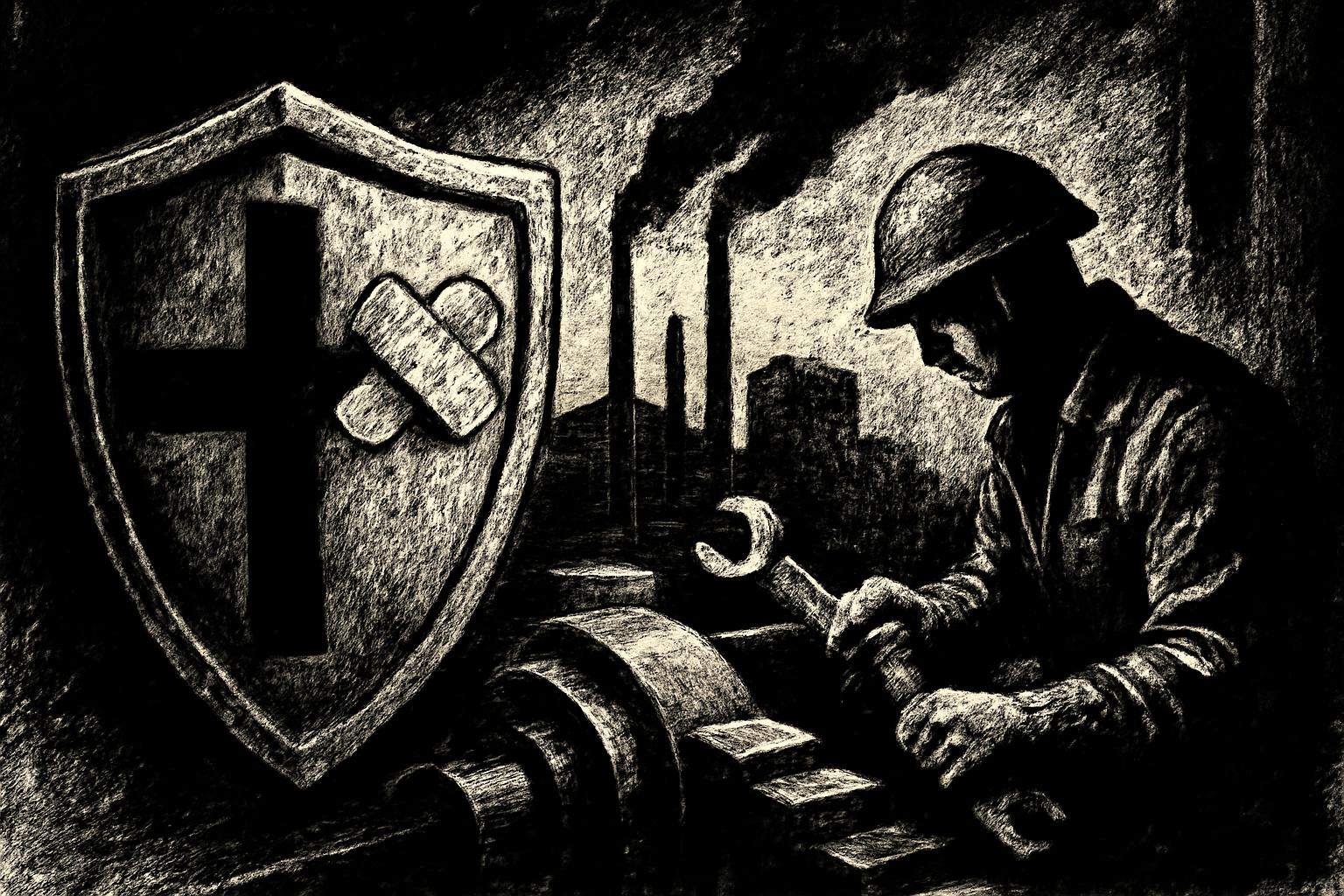Germany faces a renewal crisis: job losses rising, investment flat, and weak innovation threaten the industrial backbone even with a skilled workforce. Industrial production is slipping, signaling the age of auto-driven growth is fading. The fix isn’t waving a wand but retooling around transformation themes—transport, energy transition, hydrogen, and defense. Defense could offset some losses because it overlaps with many technical fields, but it won’t replace all the gaps. Automotive suppliers have taken the hardest hit; big firms may still hire, but small suppliers have been shrinking for years and are the key lever in any reform. The path is to use the overlap between vehicle tech and defense, yet big groups can’t easily diversify under one roof. There are chances to embed and advance core competencies, but the defense spend must be careful: one-off costs will strain public finances. There is potential across relevant fields, but policy uncertainty—questions around wind, e-mobility, heating tech, and where to invest—and murky international investments block decisive action. The call is for an Erneuerungspolitik: investments in future infrastructure, strategic public procurement to spur innovation, startup growth support, stronger competition, and a clear, evaluable industrial policy with goals, capital, and phasing out of outdated subsidies. Crucially, upgrading the existing workforce for new applications, not broad retraining, with targeted qualification packages, advisory services, and interim wage safeguards to finance development, so deindustrialization doesn’t become Germany’s default.
They’re feeding you a plan dressed up in technocratic lingo, and you should smell the stunt from a mile away. This is the old game repackaged with a shiny “Erneuerungspolitik” badge. So listen up, because here’s what’s really going on behind the gloss:
First, the math stinks and somebody’s counting on your patience, not your paycheck. One-off defense spends and flashy procurement schemes, while convenient for headline grabbers, mean one thing: a temporary inflation of activity that doesn’t fix the fundament. They want to prop up a handful of big players with big contracts and call it steering a new industrial century. Meanwhile, thousands of small suppliers, the true engine of the supply chain, get crushed by delayed decisions, opaque tenders, and subsidies that never trickle down where the real work happens. That is not a reform; that’s a life raft thrown to the fat cats while the deck of the ship is already listing.
Policy uncertainty? You bet it’s intentional. Wind, heating, e-mobility, investment directions—these aren’t questions to be solved; they’re smokescreens to dodge one blunt truth: decide, commit, and push. You can’t run a country by turning taps on and off whenever a bureaucrat yawns. They want to keep options open, stall decisive action for years, and pretend “Erneuerung” means more meetings, more studies, more posturing. In Saxony we call that lack of nerve “Kraut-Rotation ohne Würze” — a slow boil that rots the larder.
And this Defense-as-savior line? It’s also bait. Yes, defense overlaps with machine shops, metallurgy, tooling, and planning. Fine. But if you think defense money is free money, you’re fooling yourself. It’s not a blank check; it’s debt on the books, one-off purchases, and contracts that don’t create lasting domestic capability unless you build real, continuous domestic R&D and manufacturing. The excuse of “offset the losses” becomes a convenient alibi to keep the status quo afloat, not to reinvent it. If you’re serious about long-term resilience, you stop treating defense as a cash-cow and turn it into a genuine innovation engine with durable industrial policy, steady procurement that rewards genuine competitiveness, and sustained investment in core capabilities.
Upgrade the workforce? Great in theory. But the reality is that broad retraining across an aging, specialized base is expensive, disruptive, and often ineffective. The smarter, harsher truth: upgrade existing workers for new applications, don’t pretend a few programs replace decades of embedded skill. Targeted qualification packages, hands-on advisory services, and interim wage safeguards are essential—but only if they’re fast, responsive, and tied to measurable milestones. If you don’t tie it to real outcomes, it’s just more unemployment insurance dressed up as policy.
So what’s the real plan to avoid the default of deindustrialization? Don’t shy away from hard choices. Set clear, measurable goals; materialize them with stable funding; insist on transparent procurement; guarantee ongoing investment in the core capabilities that underpin both vehicle tech and defense; and keep the pain on the table for those who benefit from the status quo. And for heaven’s sake, stop pretending a cabinet full of grants will magically rebuild a century of industrial habitus overnight. Germany’s industrial machine isn’t a switch you flip; it’s a forge that needs steady heat, steady fuel, and a long, stubborn effort.
Take it from me: if you want real renewal, you need honest urgency, not bureaucratic poetry. You want to shield the working man and woman, not feed a cartel of insiders. You want a future where skilled trades aren’t relics, but the backbone of a retooled economy. That means accountable spending, aggressive public procurement that relentlessly rewards real innovation, and a policy that sticks to its guns—no endless rebranding, no half-measures, no “we’ll retrain everyone later.” Die Sache ist einfach: build, don’t bungle; invest, don’t pretend; and give the workforce a future that isn’t just a line item in a spreadsheet. If you don’t, deindustrialization won’t be a policy choice—it's the default. And then we’ll be stuck with empty factories, fading know-how, and a country that talked big about transformation but learned to look away when the bill came due.
